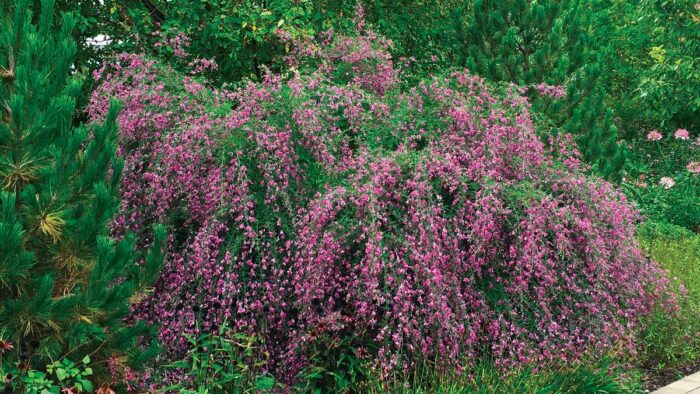
Best location
With bush clovers, full sun is best for heavy flower production and to maintain full-bodied habits. These plants are easy to grow in average to dry soil; good drainage is essential. As with other legumes, their root nodules contain a beneficial bacterium (Rhizobium) that converts atmospheric nitrogen into usable nitrogen. While this trait allows bush clovers to flourish in infertile soil—its decomposing leaves provide nitrogen for neighbors too—rich soil or extra nitrogen applied through fertilization can promote overly lush growth and reduce flowers. Foliar chlorosis may also be an issue in alkaline soil.
Easy care
Bush clovers may self-sow in the garden under ideal growing conditions and can also spread when prostrate stems root down at the nodes. Both shrub bush clover and Thunberg bush clover have naturalized in warmer parts of the United States, but shrub bush clover more widely so. Flowers bloom on new growth, so pruning stems to the ground in late winter or early spring will not affect flower production (see illustrations below). New shoots emerge slowly but come on quickly once up.
Potential problems
Winter losses of shrub-bush-clover cultivars were more common in our trial than expected given that they are root hardy in Zones 4 or 5. Less-than-ideal growing conditions—moist to soggy soil at times in summer and winter—rather than cold temperatures were the likely culprit. In the later years of the trial, shorter or weaker cultivars struggled in the shadow of bigger neighbors; ‘Yakushima’ (L. bicolor ‘Yakushima’) was usually found nestled under the voluminous skirts of ‘Samidare’ by midsummer.
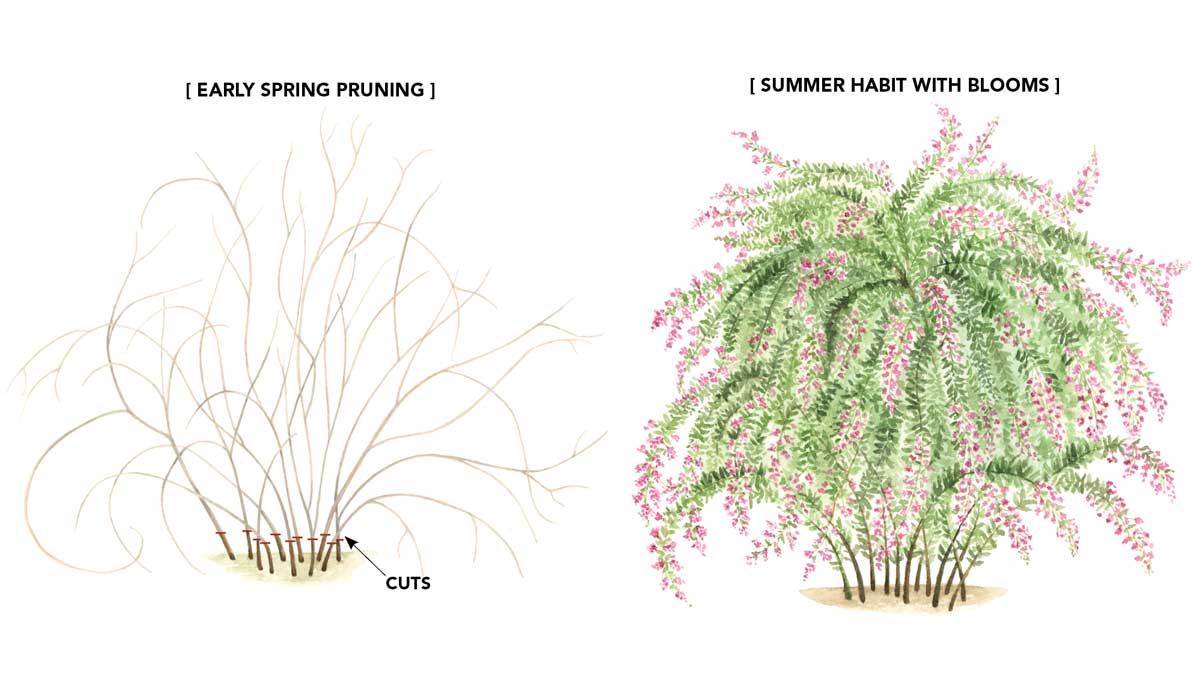
Richard Hawke is an expert plantsman and the director of ornamental plant research at the Chicago Botanic Garden in Glencoe, Illinois.
Fine Gardening Recommended Products
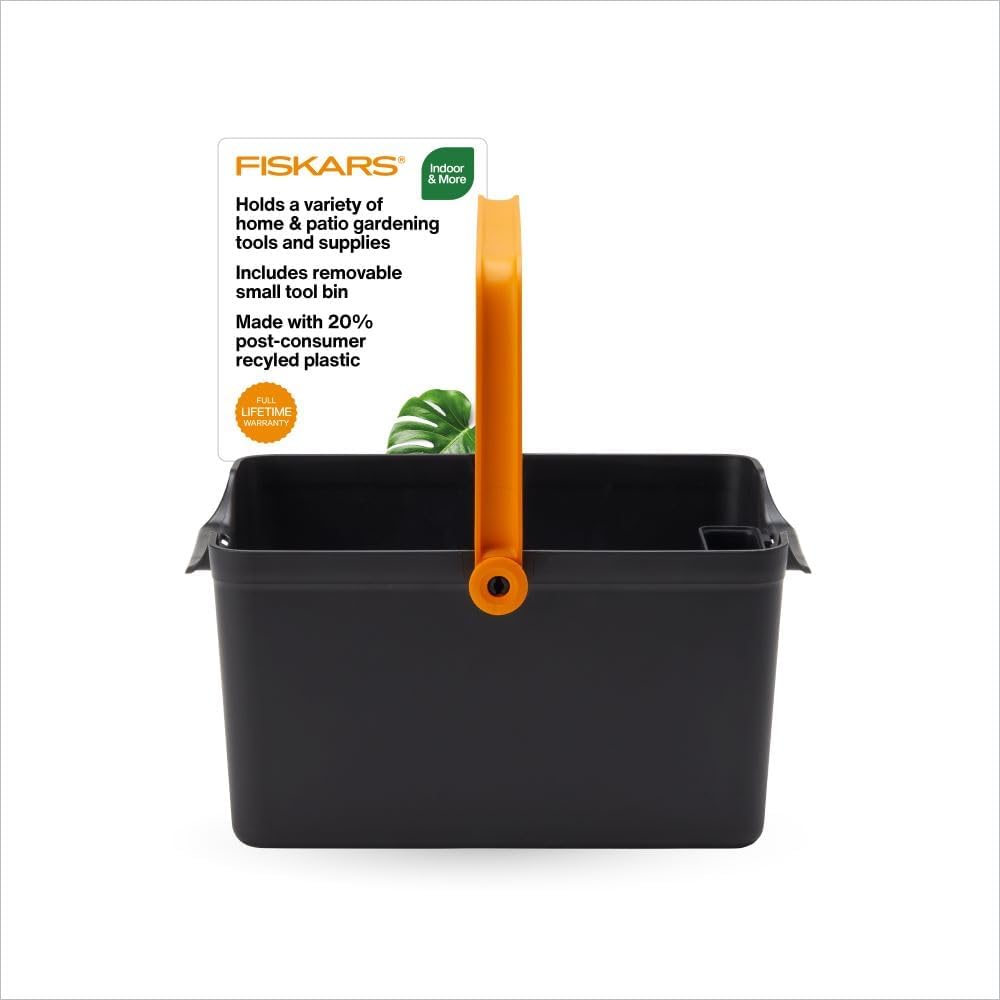
Fiskars Garden Tool Caddy with Removable Small Tool Storage for Indoor and Outdoor Gardening Use, Made with Recycled Plastic
Fine Gardening receives a commission for items purchased through links on this site, including Amazon Associates and other affiliate advertising programs.

Spear & Jackson 4930FZ Razorsharp Telescopic Tree Pruner
Fine Gardening receives a commission for items purchased through links on this site, including Amazon Associates and other affiliate advertising programs.
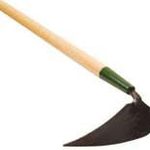
Long Handle EZ-Digger
Fine Gardening receives a commission for items purchased through links on this site, including Amazon Associates and other affiliate advertising programs.

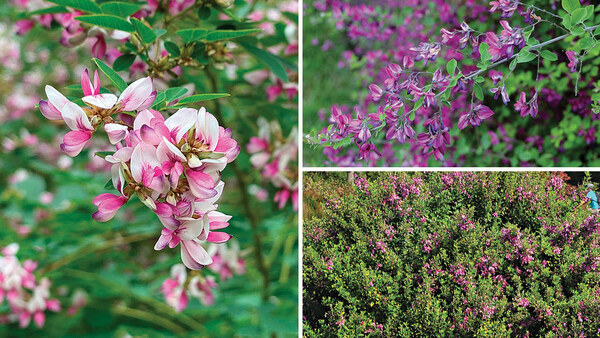

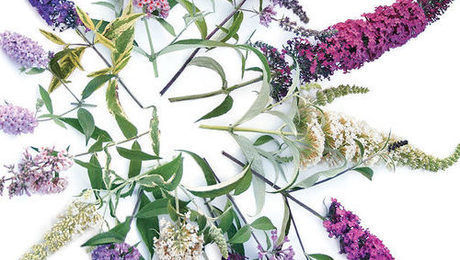














Comments
Log in or create an account to post a comment.
Sign up Log in